
Branding jargon refers to the specialized vocabulary and terminology used in the field of branding and marketing. Understanding this jargon is essential for effectively navigating and implementing branding strategies.

Understanding branding terminology is crucial for effectively implementing branding strategies. Here are some key concepts to help you navigate the world of branding:
Remember that consistent branding across all touchpoints is essential for building brand loyalty and recognition. Avoid common branding mistakes such as inconsistent messaging or neglecting your target audience’s needs.
By understanding these key branding concepts, you can develop a comprehensive strategy that effectively communicates your brand’s identity and resonates with your target audience.

Key Concepts in Branding refer to essential ideas and principles that form the foundation of effective brand development and management. These concepts help businesses create a distinct and memorable brand identity, connect with their target audience, and differentiate themselves from competitors. Here are some key concepts in branding that every business should be familiar with:
By grasping these key branding concepts, businesses can develop a comprehensive strategy that effectively communicates their brand’s identity and resonates with their target audience.
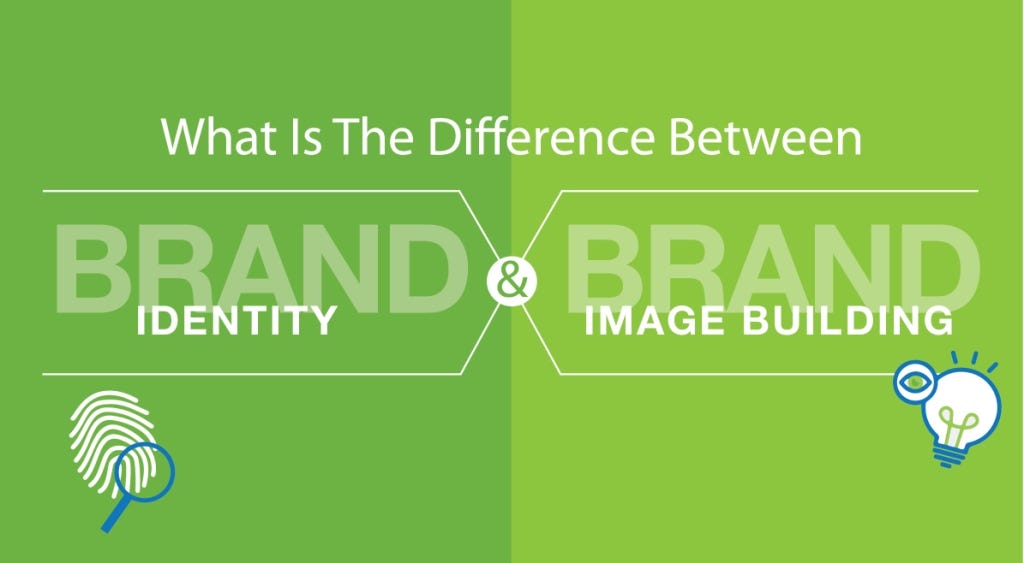
Brand identity and brand image are often used interchangeably, but they represent distinct aspects of a brand. Brand identity refers to what a company decides it stands for, while brand image is what people believe the company stands for. It’s crucial to understand the difference between these two concepts to effectively manage a brand.
A strong brand identity helps shape how a company presents itself to the world, including its values, mission, and unique selling points. On the other hand, brand image is formed by the perceptions and experiences of consumers. It is influenced by factors such as advertising campaigns, customer service, and overall brand reputation.
To establish a strong brand identity, companies should focus on developing a clear brand voice and messaging that align with their core values. This includes crafting consistent brand messages across all communication channels and maintaining authenticity in interactions with customers.
In terms of brand image, companies should strive to consistently deliver on their promises and provide exceptional customer experiences. This helps shape positive perceptions of the brand and build trust with consumers.
By understanding the distinction between brand identity and brand image, businesses can develop strategies that effectively communicate their desired brand identity while actively managing their brand image through consistent delivery of their promises and excellent customer experiences.

Differentiating brand identity and brand image is crucial for effective brand management. While brand identity represents what a company stands for, brand image is shaped by consumer perceptions. To differentiate the two, businesses should focus on the following steps:
By differentiating brand identity from brand image, businesses can effectively communicate their desired brand identity while actively managing their brand image through consistent delivery of promises and excellent customer experiences. This promotes a strong and positive perception of the brand among consumers, leading to increased loyalty and growth.

Consistent branding is essential for building trust and maintaining a strong brand image. By presenting a consistent brand identity across all touchpoints, companies can establish a sense of reliability and professionalism.
To maintain consistent branding, businesses should develop a brand book or style guide that outlines guidelines for logo usage, color schemes, typography, tone of voice, and other visual and verbal elements. Regularly review and update these guidelines as needed to ensure ongoing consistency across all channels.
By prioritizing consistent branding, businesses can strengthen their brand image, build trust with consumers, and ultimately drive long-term success.
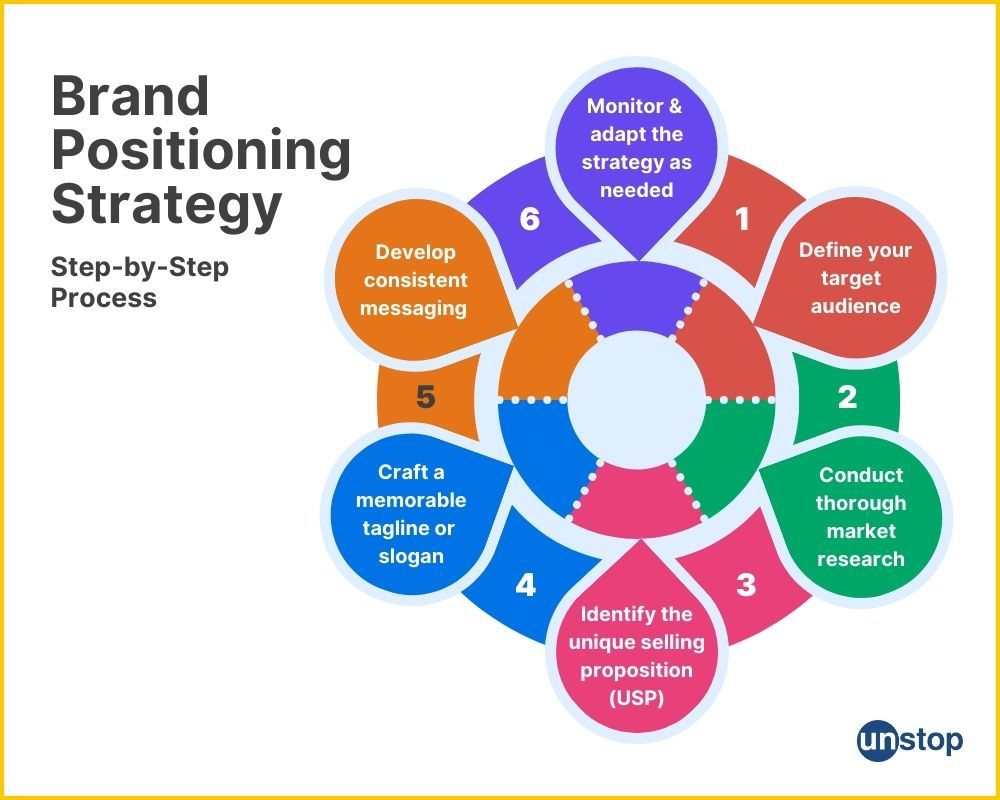
Brand Positioning and Target Audience are crucial aspects of effective branding.
To define your brand positioning strategy, identify what sets your brand apart from competitors and determine the unique value you offer to your target audience. Consider factors such as your brand’s purpose, values, and key differentiators. This will help create a clear and compelling position in the market.
Once you have established your brand positioning, it is essential to identify and engage with your target audience. Conduct thorough market research to understand their needs, preferences, and behaviors. Use demographic and psychographic data to create buyer personas that represent your ideal customers.
Tailor your brand messaging to resonate with your target audience. Craft a distinct brand voice and tone that aligns with their preferences and values. Consistently communicate your brand message across all touchpoints, including website, social media, advertising, and customer interactions.
Remember, successful branding requires an ongoing commitment to consistency. Regularly evaluate your brand positioning and make adjustments as needed to ensure it remains relevant and resonates with your target audience.
By effectively positioning your brand and engaging with your target audience, you can build a strong brand image, increase customer loyalty, and drive business growth.

To define your brand positioning strategy, start by conducting a thorough analysis of your brand’s unique value proposition and what sets it apart from competitors. Identify your brand’s purpose, values, and key differentiators to create a clear position in the market. Consider the needs and preferences of your target audience and how your brand can fulfill them.
Next, determine your current brand positioning by evaluating how your brand is currently perceived in the market. This will help you understand if your current positioning aligns with your desired position and identify any gaps that need to be addressed.
Once you have a clear understanding of your brand’s position, develop a positioning statement that articulates your unique value proposition and target audience. This statement should clearly communicate the benefits and advantages of choosing your brand over competitors.
After defining your brand positioning strategy, it is important to consistently communicate this message across all touchpoints. Ensure that your brand messaging aligns with your positioning and resonates with your target audience. Regularly evaluate and adjust your positioning strategy as needed to stay relevant in the market.
Remember, effective brand positioning is crucial for establishing a strong identity, attracting the right customers, and driving business growth. By defining your brand’s position in the market, you can differentiate yourself from competitors and connect with your target audience on a deeper level.
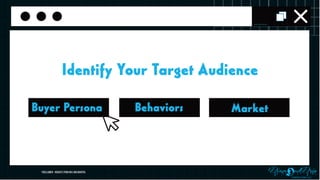
Identifying the target audience is a crucial step in effective branding. Start by conducting market research to understand the demographics, preferences, and needs of your potential customers. Use this information to create buyer personas that represent your ideal customer profiles. Once you have identified your target audience, develop strategies to engage and connect with them. This can include creating tailored content, using appropriate channels for communication, and leveraging social media platforms. Engage with your audience by actively listening and responding to their feedback and concerns. Utilize customer feedback to improve your products or services and build stronger relationships with your target audience. Personalize your marketing efforts to speak directly to the needs and interests of your target audience. Regularly analyze and reassess your target audience to stay updated with their changing preferences and behaviors. By effectively identifying and engaging with your target audience, you can build brand loyalty, increase customer satisfaction, and drive business growth.
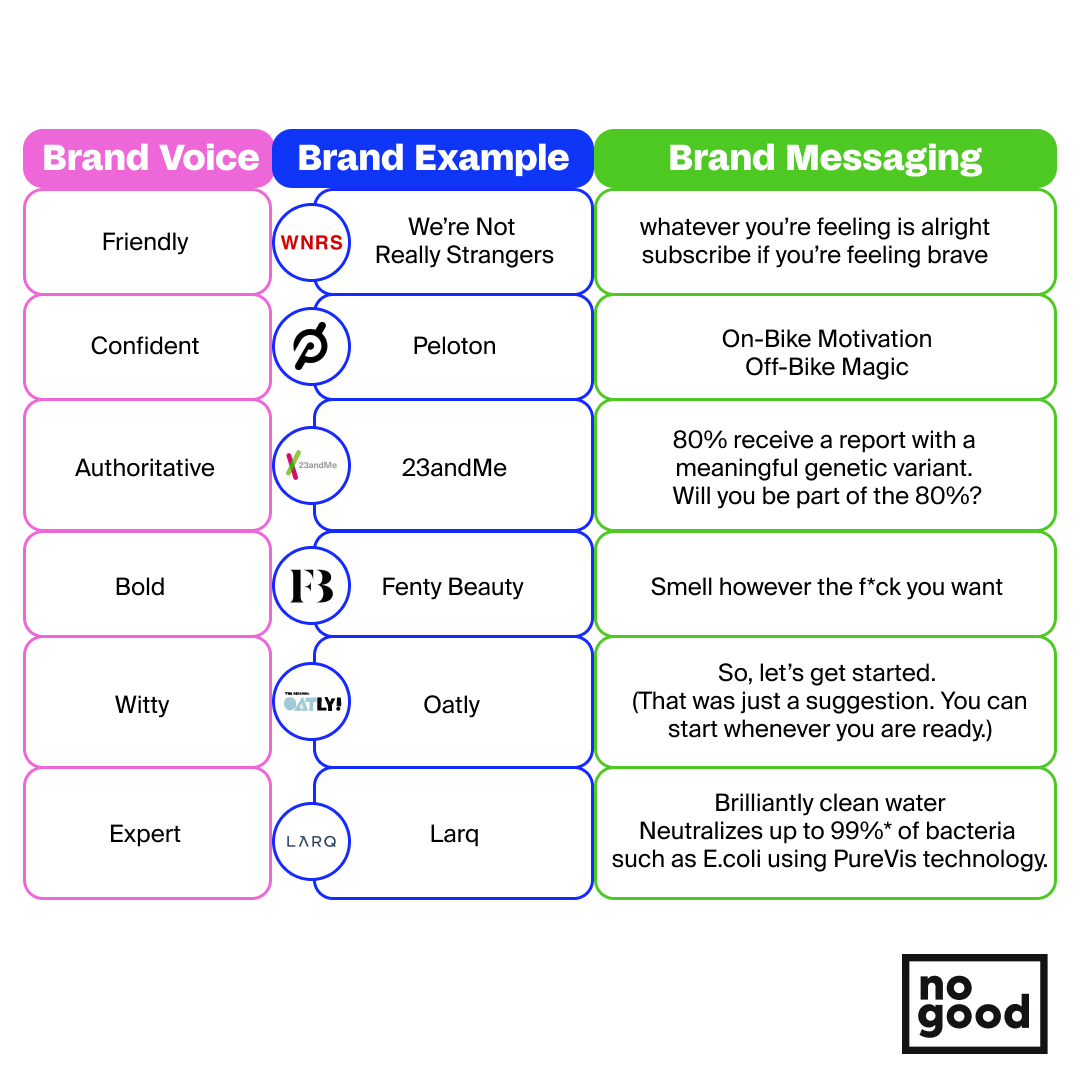
Brand voice and messaging are crucial elements in effective branding. Your brand voice represents the personality and tone you use to communicate with your target audience. To define your brand voice, start by identifying your brand’s core values and unique characteristics. Use these as a foundation for creating a consistent and authentic tone that resonates with your audience. Consider your target audience’s preferences and language style when crafting your brand voice.
Once you have established your brand voice, develop a messaging strategy that aligns with your brand identity. This involves creating compelling and persuasive messages that convey the value and benefits of your products or services. Tailor your messages to address the specific needs and wants of your target audience.
To ensure consistency, create a brand style guide that outlines guidelines for using your brand voice and messaging across all communication channels. This guide should include examples of how to write headlines, taglines, social media posts, and other marketing materials.
Regularly evaluate the effectiveness of your brand voice and messaging by collecting feedback from customers and analyzing data. Make adjustments as needed to better resonate with your target audience.
Remember, a strong and consistent brand voice helps differentiate your business from competitors and builds trust and loyalty among customers.

Crafting Brand Voice and Tone is a crucial step in developing a strong and memorable brand identity. To create an effective brand voice and tone, start by understanding your target audience and their preferences. This will help you tailor your messaging to resonate with them.
Next, define your brand’s personality and values, and use these as a foundation for crafting your voice. Consider whether you want your brand to be friendly, professional, humorous, or authoritative, and ensure that your tone aligns with this personality.
When writing copy for your brand, keep your tone consistent across all channels. This will help establish a cohesive and recognizable brand image. Avoid using jargon or complex language that may confuse or alienate your audience. Instead, aim for clarity and simplicity.
To ensure consistency, create a style guide that outlines guidelines for using your brand voice and tone. This guide should include examples of how to write headlines, taglines, social media posts, and other marketing materials.
Regularly evaluate the effectiveness of your brand voice and tone by collecting feedback from customers and analyzing data. Make adjustments as needed to better resonate with your target audience.
Remember, a strong and consistent brand voice helps differentiate your business from competitors and builds trust and loyalty among customers. By crafting a compelling brand voice and tone, you can effectively communicate your message and connect with your audience on a deeper level.
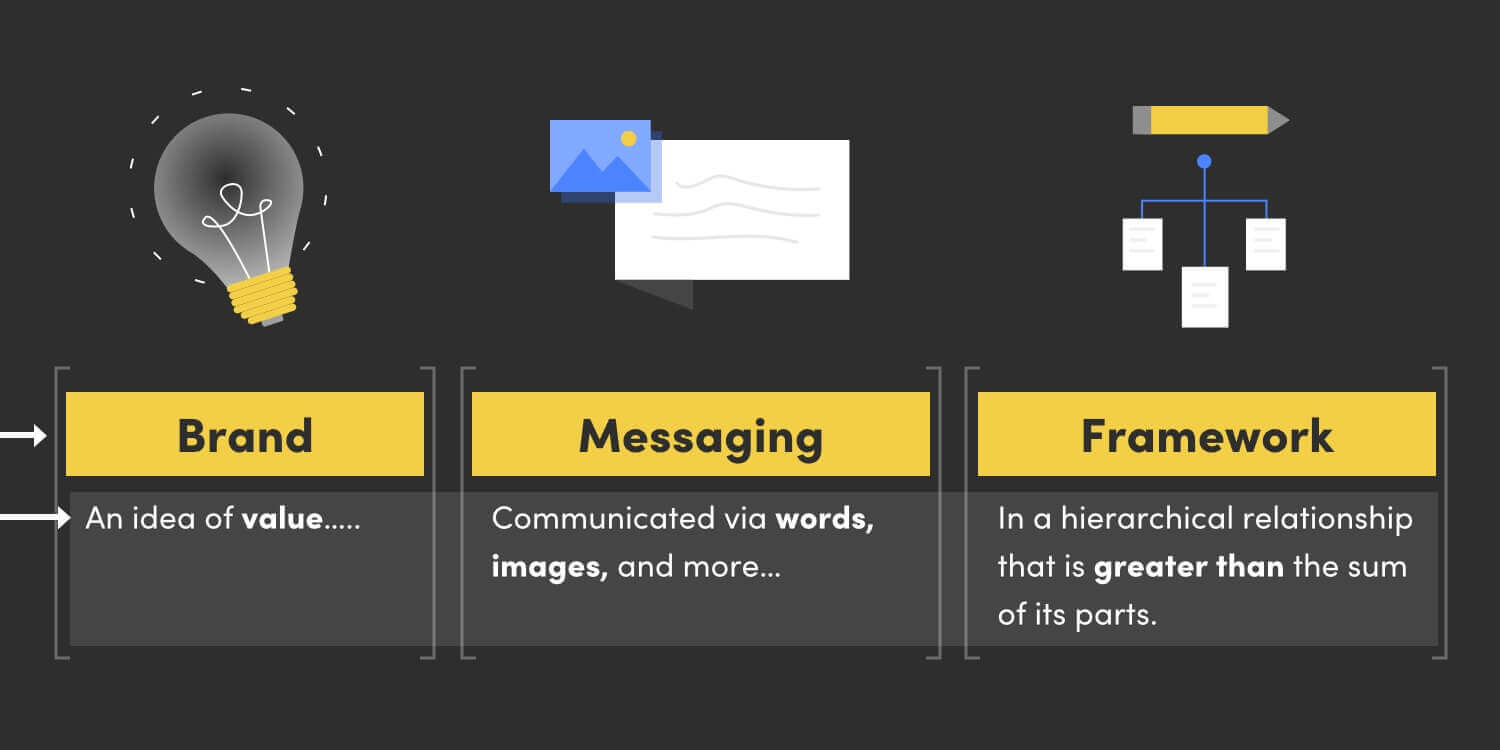
Effective Brand Messaging Techniques are crucial for effectively communicating your brand’s identity and connecting with your target audience. Here are some actionable steps to help you craft powerful brand messaging:
By implementing these effective brand messaging techniques, you can create compelling messages that resonate with your audience and differentiate your brand from competitors. Remember to regularly evaluate and refine your messaging based on customer feedback and market trends for optimal results.

Visual Branding Elements play a crucial role in establishing a brand’s identity and creating a memorable impression. Two key elements of visual branding are logo design and color psychology.
Logo Design: A well-designed logo is the cornerstone of a brand’s visual identity. It should be unique, visually appealing, and easily recognizable. Consider hiring a professional designer or using online tools to create a logo that reflects your brand’s values and communicates your message effectively.
Color Psychology: Colors evoke emotions and can influence how people perceive a brand. Choose colors that align with your brand’s personality and target audience. For example, blue conveys trustworthiness, while red is associated with excitement and energy. Incorporate colors strategically in your marketing materials, website, and packaging to create a cohesive and impactful visual identity.
Consistency is key when it comes to visual branding. Use your logo and chosen colors consistently across all touchpoints, including social media profiles, website, product packaging, and marketing collaterals. This helps in building recognition and reinforcing your brand image in the minds of consumers.
Remember to regularly review your visual branding elements to ensure they align with your brand’s evolution and resonate with your target audience. By paying attention to these visual branding elements, you can create a strong visual identity that sets you apart from competitors and resonates with your customers.

Logo design is a crucial element in establishing a brand’s visual identity. A well-crafted logo serves as a visual anchor, representing the essence and values of the brand. It is the face of the brand, instantly recognizable and memorable to customers.
When designing a logo, it is important to consider key elements such as simplicity, uniqueness, and relevance to the brand’s personality and target audience. A simple and clean design allows for easy recognition and versatility in different applications. A unique logo sets the brand apart from competitors, while relevance ensures that it resonates with the intended audience.
In addition to the logo itself, visual identity encompasses other elements that contribute to the overall brand image. These include typography, color palette, imagery, and design guidelines. Consistency in these visual elements creates a cohesive and unified brand experience across various touchpoints.
To create an effective visual identity, it is recommended to work with professional designers who have expertise in branding. They can help translate the brand’s values and messaging into visually appealing designs that align with the target audience’s preferences.
Remember that a strong visual identity is not just about creating a beautiful logo or eye-catching visuals. It is about conveying the brand’s story, values, and message through every visual element. By investing in logo design and visual identity, brands can establish a strong presence in the market and connect with their audience on a deeper level.

Color psychology plays a significant role in branding, as different colors evoke specific emotions and associations in consumers. Understanding the psychological impact of colors can help designers effectively convey a brand’s message and connect with their target audience.
Here are some key insights on color psychology in branding:
By incorporating the appropriate colors into a brand’s visual identity, designers can enhance the brand’s personality and effectively communicate its values to the target audience.
Remember to consider cultural context when using colors in branding, as different cultures may have varying associations with certain colors. Additionally, consistency in color usage across all brand elements helps create a cohesive and memorable brand experience for consumers.
Overall, color psychology is a powerful tool that can significantly impact how consumers perceive and engage with a brand. By understanding the psychological effects of colors, designers can strategically utilize them to create strong brand identities that resonate with their target audience.

The conclusion of decoding branding emphasizes the importance of implementing effective branding strategies and avoiding common branding mistakes. It provides actionable steps for building and revamping brands in the age of disruption, such as crafting a strong brand voice and tone, understanding target audience and brand positioning, and utilizing visual branding elements like logo design and color psychology. By following these principles and using real-life case studies from various industries, brands can create a cohesive and impactful brand identity that resonates with their audience. With the digital revolution and changing consumer behavior, it is crucial for brands to adapt and evolve their branding strategies to stay relevant and competitive. Professor Royce Yuens’ comprehensive guide offers valuable insights into navigating the complex world of branding, providing marketers with the core knowledge needed to succeed in today’s market. Whether it’s creating a brand book or designing a logo, decoding branding offers practical advice for building strong brands that stand out in a crowded marketplace.

Implementing effective branding strategies is crucial for building and revamping brands in today’s competitive market. Here are some actionable steps to guide you:
By implementing these branding strategies, you can effectively communicate your brand’s value proposition, build strong connections with your target audience, and differentiate yourself from competitors. Remember to regularly evaluate and adapt your branding efforts based on consumer feedback and market trends. With a well-crafted brand identity and consistent messaging, you can establish a memorable and impactful brand presence that drives customer loyalty and business growth.

Common Branding Mistakes to Avoid include inconsistent branding across different platforms, not targeting the right audience, and trying to take on every aspect of running a business. Inconsistent branding can confuse customers and weaken your brand’s impact. It’s crucial to maintain a cohesive brand identity across all channels.
Another mistake is not understanding your target audience. Conducting thorough market research helps identify their demographics, preferences, and needs, enabling you to tailor your branding efforts effectively.
Trying to do everything yourself can also hinder your branding success. It’s important to delegate tasks and seek professional help when needed, such as hiring a logo designer or brand strategist.
Furthermore, failing to define a clear brand positioning strategy can lead to a lack of differentiation from competitors. Determine how you want your brand to be perceived in the market and find a unique selling proposition that sets you apart.
Lastly, neglecting to craft a strong brand voice and messaging can result in inconsistent communication and confusion. Define your brand’s personality and values, and use consistent language across all platforms.
By avoiding these common branding mistakes, you can establish a strong and impactful brand presence that resonates with your target audience and sets you apart from competitors.
[35][36]